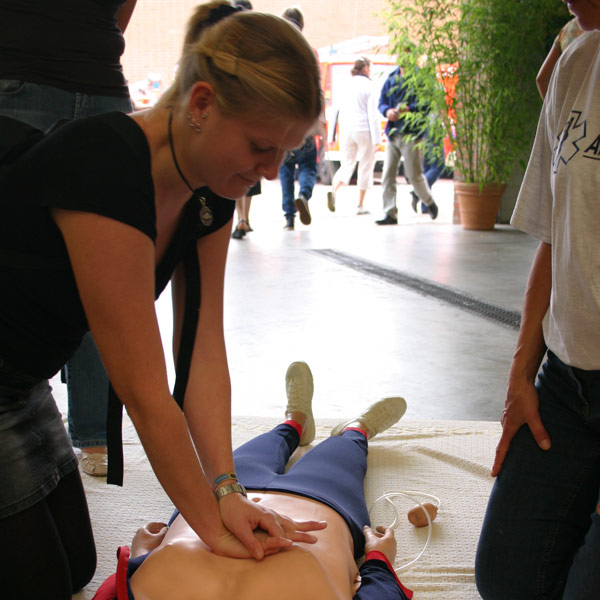
MONDAY, May 4, 2015 (HealthDay News) — New research from Denmark finds that more cardiac arrest survivors are returning to work, because more bystanders are performing CPR.
“We already know CPR helps save lives — and now our findings suggest there is even more benefit in performing it,” study author Dr. Kristian Kragholm, a clinical assistant at Aalborg University Hospital and Aarhus University in Aalborg, said in an American Heart Association (AHA) news release. He is also a fellow at the Duke Clinical Research Institute in Durham, N.C.
For the new study, researchers tracked over 4,300 people in Denmark who had jobs prior to experiencing cardiac arrest between 2001 and 2011. The study only included people who were not in a hospital at the time of their cardiac arrest.
More than 75 percent of the survivors were capable of returning to work, and their chances of doing so were about 40 percent higher in those who had received CPR from a bystander compared with those who didn’t. Those who returned to work spent an average of three more years on the job, the findings showed.
Cardiac arrest occurs when the heart’s normal rhythm abruptly stops, and the organ can no longer pump blood and oxygen to the body. It can be triggered by a heart attack, but the two conditions are different.
Without emergency treatment, cardiac arrest is fatal within minutes. Bystanders can perform chest compressions to keep blood circulating through the body until emergency help arrives. At that point, paramedics may be able to use a defibrillator to “shock” the heart back into a normal rhythm.
It is estimated that emergency medical services respond to more than 326,000 cardiac arrests that occur outside hospitals in the United States each year. “When a bystander performs CPR quickly, it helps ensure enough oxygen is getting to the brain, which can help minimize brain damage and lead to that person being able to return to work,” Kragholm said.
In Denmark, people who receive driver’s licenses must be trained in basic life support, and there are emergency call centers where health care workers are available to guide bystanders who are giving CPR.
The study is published in the May 4 issue of the AHA journal Circulation.
More information
Try the American Heart Association for more on CPR.
Copyright © 2025 HealthDay. All rights reserved.

